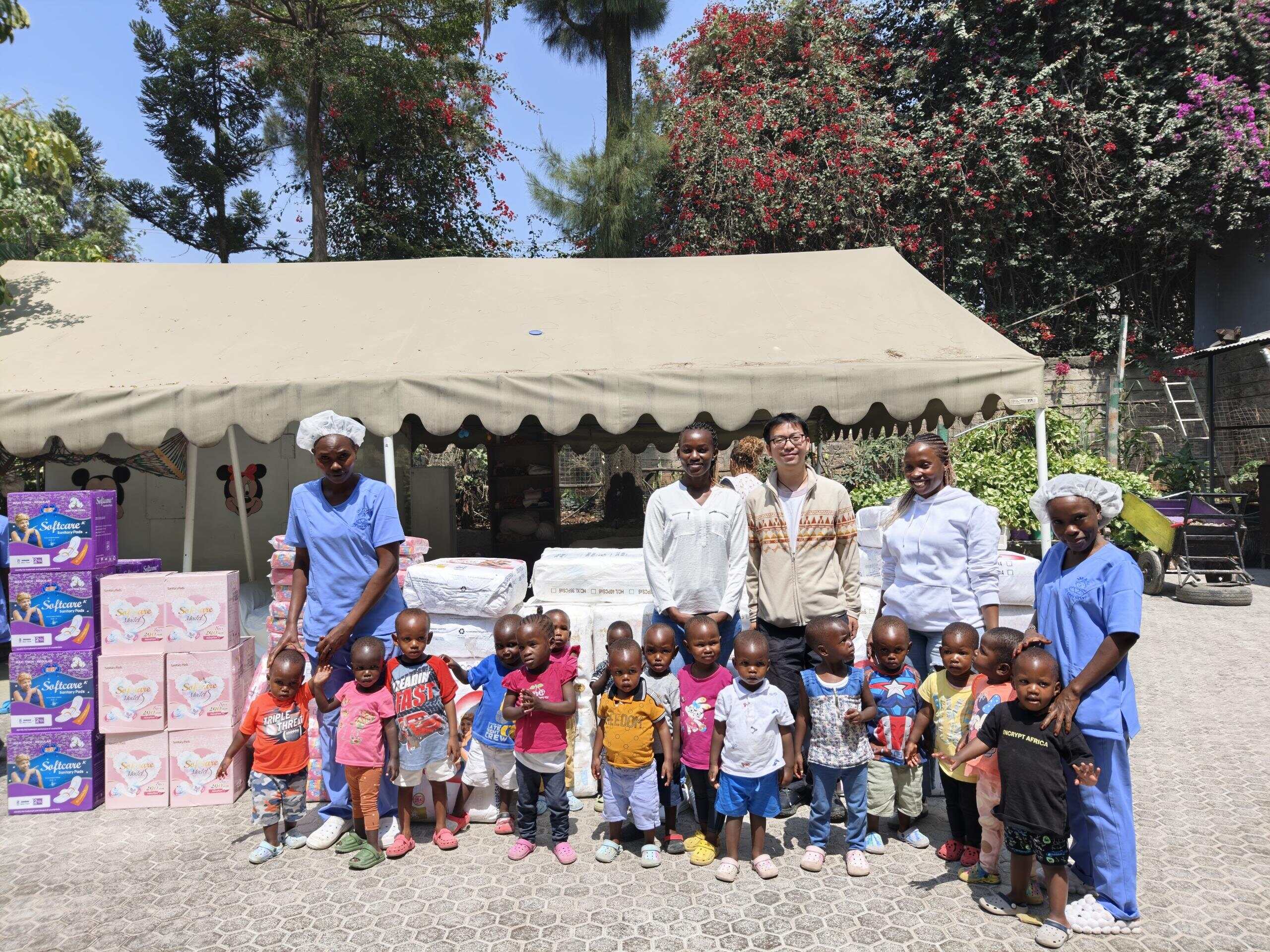Email cannot be empty
Password cannot be empty
checkout as a guest
or
Facebook
Google
Email format error
Email cannot be empty
Email already exists
6-20 characters(letters plus numbers only)
The password is inconsistent
Please enter the email address you’d like your password reset information sent to.
Email format error
Email cannot be empty
Email does not exist
Reset account password
For the account
6-20 characters(letters plus numbers only)
The password is inconsistent
Reset success
Your password was reset. You can log in using your new password.
Login

Softcare Leads Road Safety Initiative as a Responsible Local Manufacturer
October 09,2025
Recently, the road safety education campaign in Nkawkaw, Eastern Ghana, initiated by the Ghana team of Softcare, has received widespread praise from…
Read More

Softcare Uganda Launches a Series of Charity Donations
October 09,2025
Recently, the Softcare Uganda team visited St. Catherine’s College and the Family of Africa Orphanage to carry out sanitary product donations…
Read More

Softcare Supports Child Welfare in Kenya,Partnering with Imani Rehabilitation Agency to Share Love and Hope
October 09,2025
On July 24, the Kenya team of Softcare visited the Imani Rehabilitation Agency in Kayole, Nairobi, to donate maternal and baby care products to…
Read More

Softcare Honored as Kenya’s Most Admired Personal Care Brand
September 28,2025
On the evening of June 23 (East Africa Time), Softcare was awarded the title of the #1 Most Admired Personal Care Brand in Kenya by Brand Africa, in…
Read More
Contact Supplier

